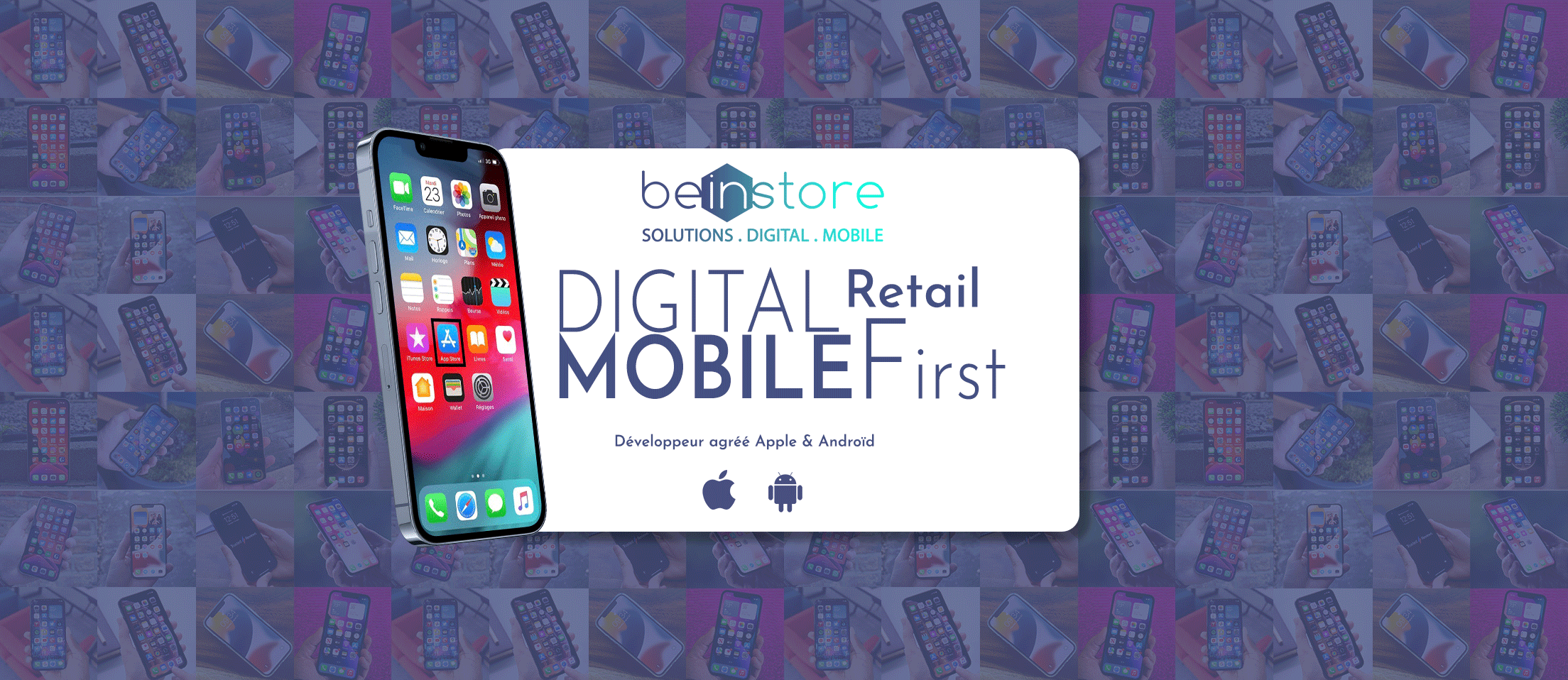Des chiffres affolants ! 44% des ventes US sont captées par AMAZON, cela reste incroyable et donne une idée de ce qui va se passer (ce qui se passe déjà…) en France… Mais j’oserai pondérer en précisant que cela ne représente « que » 4% des ventes de détail. On le sait désormais tous l’avenir est à l’omnicanal, mais ce qu’il faut désormais intégrer c’est que c’est en magasin que vont se jouer les prochaines batailles pour le leadership retail. Et encore une fois, ne cherchons pas à faire du AMAZON « instore » mais capitalisons sur les points forts du point de vente, gommons les points de frictions et concentrons-nous sur les usages et redonnons (en l’écoutant) le pouvoir au client (millenials nous voilà!!) .
Dive Brief:
- Amazon grabbed plenty of headlines in 2017, not least for its acquisition of grocer Whole Foods, and all the while it racked up big sales: the e-commerce giant last year was responsible for an estimated 44% of all U.S. e-commerce sales and 4% of total U.S. retail sales, or some $200B, according to marketplace analytics firm One Click Retail.
- Amazon set a sales record on Prime Day, July 11th, and then broke it on Cyber Monday this year, according to the report. As the company reported earlier this year, Amazon signed up over 4 million new Prime members in just one week over the holidays. Its devices also dominated over the holidays: its smaller, cheaper Echo Dot was the single bestselling item on Amazon, with millions sold, what One Click Retail calls « just one small example of how gadgets captured the public’s imagination across nearly all product groups. »
- The fastest-growing sales on Amazon.com last year, according to the report, were luxury beauty, (up 47% year over year to an estimated $400 million), pantry items (up 38% to $500 million), grocery (up 33% to $1.5 billion) and furniture (also up 33% to $1.5 billion). That’s on top of Amazon’s already strong categories, dominated by consumer electronics (up 4% year over year to an estimated $8.5 billion), home and kitchen products (up 20% to $5.5 billion), books and media (up 4% to $5 billion), and sports and outdoors products (up 11% to $4 billion).
Dive Insight:
As the millennial generation continues to reach a point in their lives where they are busy with work and family and need items to furnish homes, care for children and organize their lives, Amazon is there. Millennials are the biggest furniture-buying demographic according to One Click Retail, and are also the target group for Amazon’s baby, health and personal care, kitchen, and home automation categories, according to the report.
« Every major trend we see across 2017 can be explained by the fact that more of Amazon’s core demographic (millennials) are growing up: they’re increasingly owning homes, raising children, and buying a TON of stuff to go with it, » One Click Retail CEO Spencer Millerberg wrote in a blog post on Wednesday. One question that all this raises, he said, is whether Amazon’s momentum online, helped by its stores, will be enough to compete with Walmart as it begins to flex new muscles online, aided by its own longstanding and formidable physical footprint. « Will 300-ish Whole Foods stores be enough to compete meaningfully in the brick-and-mortar space against Walmart’s 4000+ stores? » he asked.
Some observers do believe that Amazon will opt for another acquisition to add to that brick-and-mortar fleet, possibly Target or Kohl’s. But the e-commerce giant is also benefiting from its search and automated marketing system. « Over 50% of product searches begin on Amazon – and only Amazon has the ability to convert click-throughs to sales, » Millerberg wrote. « With these added benefits and some killer ROI metrics, many brands have started taking their search budgets out of Google and Facebook and putting their money on Amazon. »
And while Amazon is helping brands with such upgrades, it’s also massively helping itself. One Click Retail calls 2017 a « watershed year » for the company’s private brands in all categories, with combined estimated sales of $150M in its two largest, home and electronics. Amazon also spent the year debuting new brands and product lines, including diapers (Mama Bear: 100% YoY growth), furniture and activewear.
Toward the end of the year, Amazon’s voice assistant Alexa gained traction and helped move the needle on smart home goods, too. Alexa-enabled devices including Nest thermostats and video doorbells, and the TP-Link Smart Plug (the #1 item in home improvement) helped drive 71% growth in Amazon’s home automation sales, One Click Retail found, with leading brands like iRobot and Philips integrating Alexa compatibility into their latest models.
Source : Retaildive

